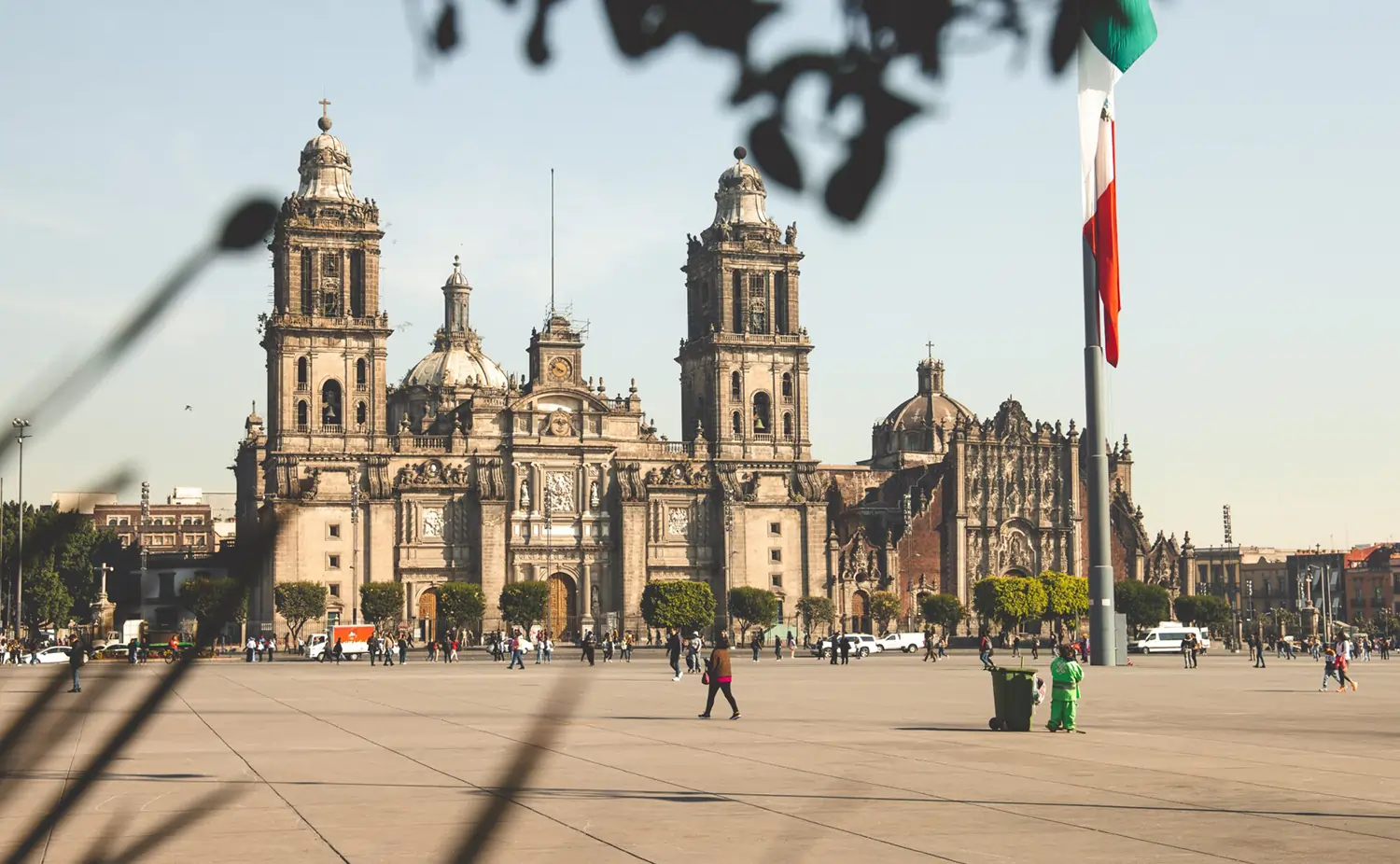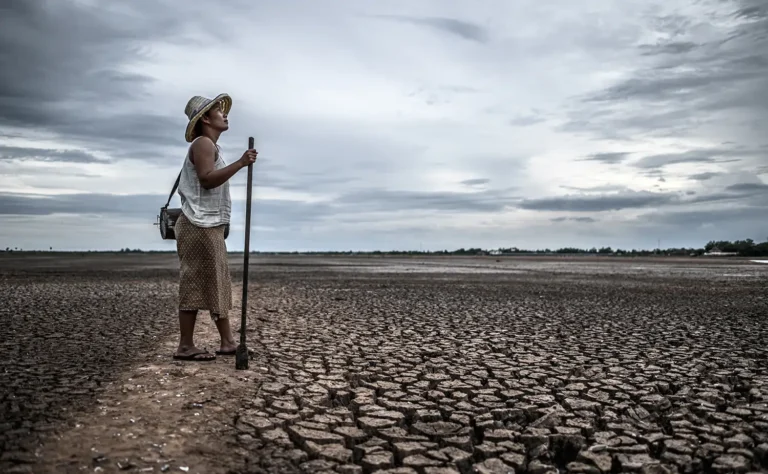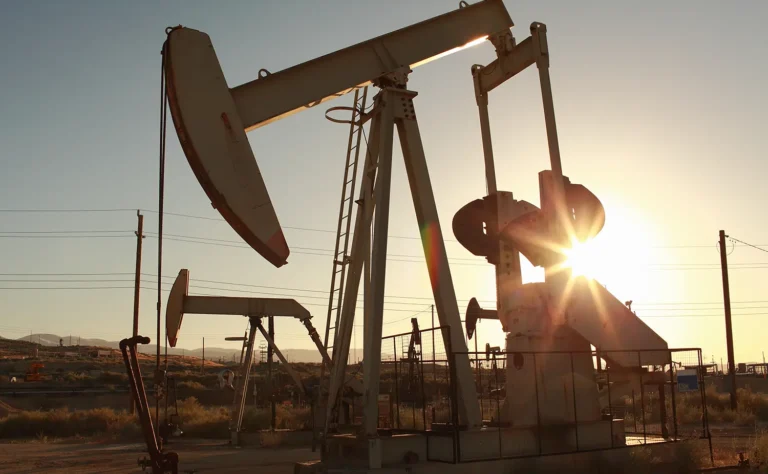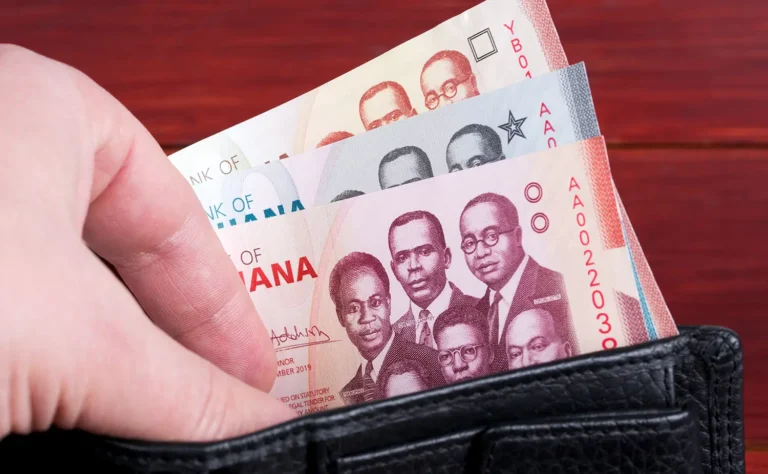Mexico’s President, López Obrador, has announced an ambitious plan to tackle inflation and stabilise the country’s economy. The plan includes a range of measures such as increasing interest rates and reducing government spending. The goal is to keep inflation under control, which will ultimately help businesses and consumers alike. In addition to these measures, the president has announced plans to implement joint anti-inflation measures in conjunction with other Latin American leaders. The objective of the agreement is to promote commercial exchange and eliminate tariffs to combat shortages of key products and keep prices low in the face of rising inflation.
Inflationary pressures have been a major concern in Latin America, with the IMF predicting that inflation in the region will close this year at 7.1%. Argentina and Colombia have been particularly hard hit, with high inflation rates posing challenges to their respective economies. While Mexico’s 11% interest rate remains a challenge, the Mexican peso has been gaining ground against the US dollar, reaching its highest level since 2018. The president has credited his government’s handling of the economy for the peso’s strong performance.
The headline inflation rate in Mexico was 7.76% for the first half of February, while the core index, which excludes some volatile food and energy costs, had an annual rate of 8.38%. On the 1st of March the Bank of Mexico updated its projection for inflation for the fourth quarter of 2023 from 4.1% to 4.9%, adding that persistent core inflation is the key reason why it is taking longer than expected for inflation to reach its target.
From Tariffs to Trade: The President’s Vision for a More Connected Latin America
Alongside its anti-inflation measures, Mexico’s new economic plan also includes a range of pro-trade initiatives designed to foster closer economic ties with Latin American countries. These initiatives include reducing tariffs and improving infrastructure to facilitate trade, as well as increasing investment in education and training to develop a highly skilled workforce. The goal is to promote economic growth and create new opportunities for businesses and workers across the region.
“We are going to carry out an anti-inflationary plan of mutual aid and growth, for economic and commercial exchange between Latin American countries,” the president said in a news conference.
President López Obrador has reached out to a number of Latin American leaders, including Brazilian President Lula da Silva, Colombian President Gustavo Petro, Argentinian President Alberto Fernández, Cuban President Miguel Díaz-Canel, Chilean President Gabriel Boric, and Bolivian President Luis Arce to join the initiative. This move is seen as a way for Mexico to flex its diplomatic muscles and emphasise regional cooperation.
While Brazil left the Community of Latin American and Caribbean States (CELAC) in 2020 during the presidency of Jair Bolsonaro, Lula has since announced a return to the regional group after winning re-election in 2022. The leaders will hold a teleconference on April 5 to discuss Mexico’s plan, to be followed by an in-person meeting at a later date.
Tale of Two Strategies: How Mexico’s New Plan Compares to Past Economic Policies
Mexico’s new economic plan is a bold and ambitious strategy designed to address some of the country’s most pressing economic challenges. To assess its effectiveness, it’s important to consider the current state of Mexico’s economy and how it’s likely to respond to the proposed measures. Overall, experts are cautiously optimistic about the plan’s potential to deliver real economic benefits, but there are also some concerns about how it will be implemented and whether it will be enough to drive sustained growth over the long term.
In the past, Mexico has pursued a range of economic policies aimed at promoting growth and stability. These have included deregulation and privatisation, as well as efforts to attract foreign investment. While these policies have had some success, they have also faced criticism for exacerbating income inequality and failing to deliver benefits to all segments of the population.
President López Obrador has unveiled a bold plan to curb inflation and stabilize Mexico's economy. Key measures include raising interest rates and cutting government spending, aiming to benefit both businesses and consumers. He also plans to collaborate with other Latin American leaders on joint anti-inflation efforts. #Mexico #Economy #Inflation #LatinAmerica





